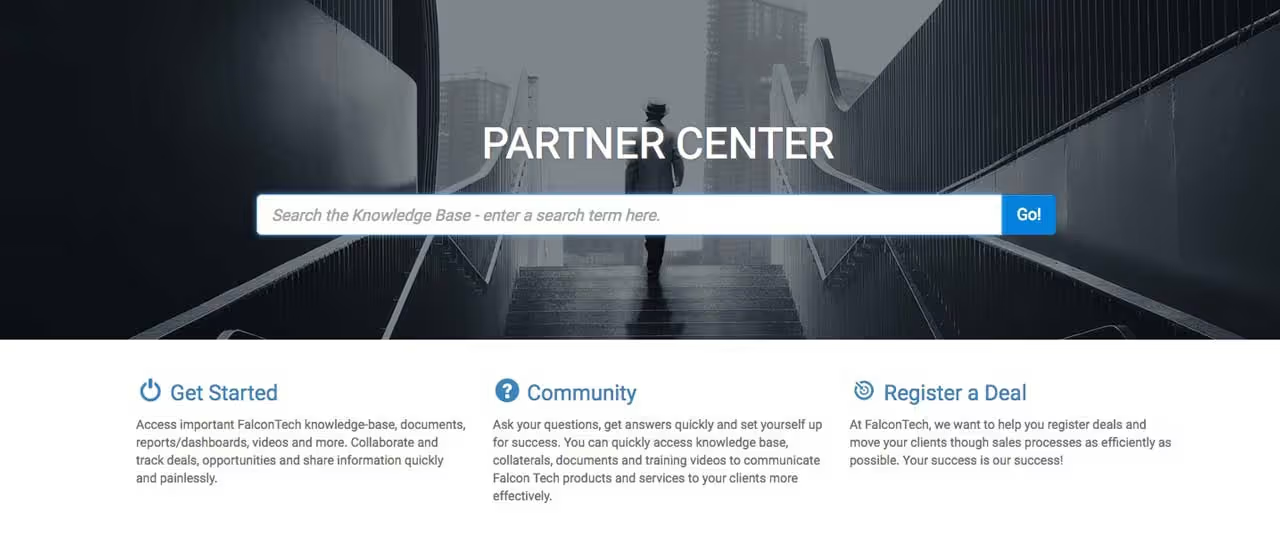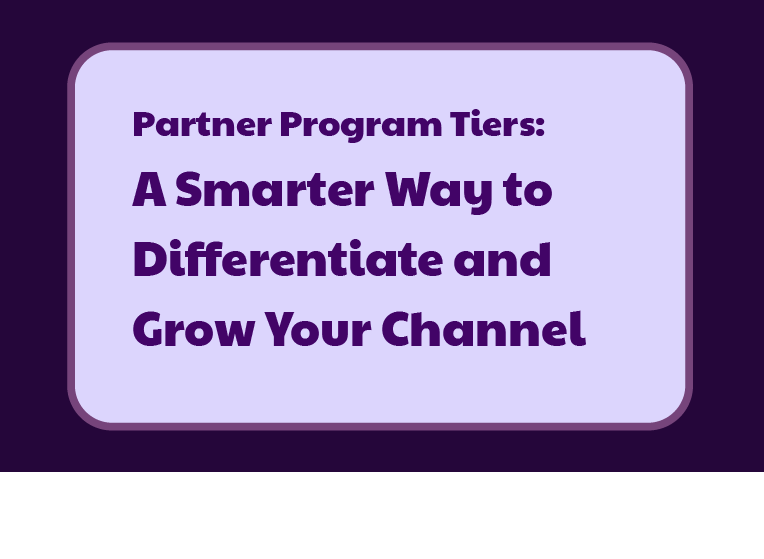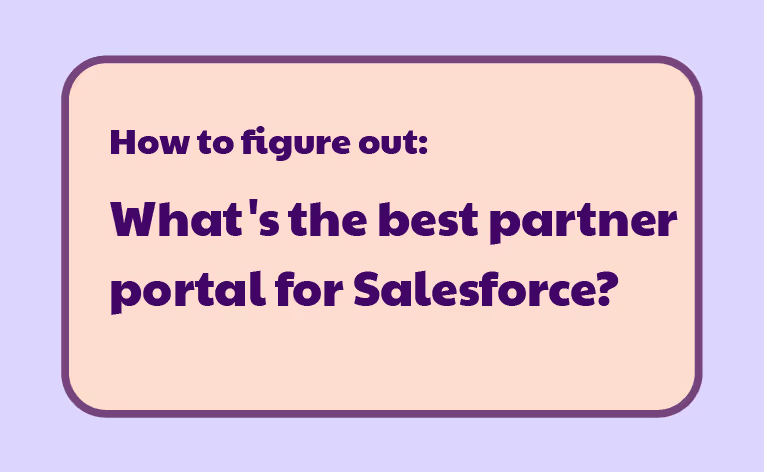PRM Portal Software - Build or Buy for Higher ROI?
Build or buy? Creating an engaging online Partner Relationship Management (PRM) community doesn’t need to be a complex coding exercise. It takes a fraction of the time and investment to deploy a PRM community on a SaaS platform.

Creating an engaging online partner relationship management (PRM) platform - which your resellers, service providers or alliance partners will actually use - doesn’t need to be a complex coding exercise. Even if your core business is devoted to developing innovative web or mobile applications, your developers can be better utilized on billable customer projects or on minor customizations.
One too many partner relationship management portals serve important functions, including:
- Onboarding, training and certification
- Managing partner profiles including contact information and specializations
- Sharing and storage of rich content like video, marketing collateral and technical documentation
- When integrated with a CRM application such as Salesforce, SAP, Microsoft Dynamics, or HubSpot: tracking leads, sales opportunities and support tickets
- Real-time analytics for managing partner performance
A “many to many” platform, with functions like forums, news feeds, social profiles and groups support collaboration in a self-service portal. Trying to extend a traditional cloud-based CMS to match this level of engagement isn’t always feasible. Often, it will require a great deal of custom development and script writing. Additionally, you have to ensure the PRM portal is mobile-responsive and consistent with your branding.
Take a long-term view when investing in your portal
When budgeting for a partner self-service community, many companies feel that they can control project costs by using an open-source CMS, hosting the site in their own data center/cloud infrastructure, or utilizing their own database and application server software. Beware, there are many hidden costs in this equation which should be considered, such as:
- Your company’s bandwidth usage based on the volume of community traffic
- Infrastructure maintenance, upgrades and testing
- Security costs like web application firewalls, SSL certificates
- Consumption-based cloud pricing for development, backup and production environments
- Overhead related to developing, maintaining and adding feature enhancements to the portal as business requirements evolve
- The complexity of integrating business applications like CRM, e-commerce, inventory and accounting.
It takes a fraction of the time and investment (between a quarter and a fifth of the time in many cases, though each project varies) to deploy a PRM community on a SaaS platform. You can use drag and drop content and infrastructure building blocks instead of developing a complex custom portal framework. A purpose-built partner community, with a flexible REST API and easy integrations with your structured applications like CRM minimizes expense and effort.
Consider the frequency of upgrade releases, patches, and maintenance requirements for applications like CRMs as well as web servers and databases. All of these functions can be handled by the PRM application service provider, ensuring your business partners don’t suffer any service interruptions.
Feature Rich and Future Proof
Many partner portal solutions are licensed based on named users, functional tiers, utilization and/or the amount of storage space your portal takes up in a vendor’s data center. In deploying many partner communities over the years, we’ve found that there are functional requirements which are common to most channel-centric companies.
Our tier-based user licensing approach serves the needs of all businesses regardless of size. The relationship management services they use and the value they reap from their online partner community far outweighs their monthly subscription - just ask our customers.
Self-service portals also enable partner managers, channel support representatives and other professionals to be more productive with strategic tasks. Achieving these goals without high development cost, overhead or time offers a far higher return on investment.
Community Discussions and Partner Engagement
Social media has become an integral channel for engagement even in professional partnerships. Due to the confidential nature of many partner/vendor discussions, a private partner community provides a safer, semi-confidential forum for discussions which aren’t suitable for public channels like Twitter, Facebook or LinkedIn.
That said, content which is suitable for the public domain can be easily shared by reseller, integrator or solution provider partners, significantly amplifying its reach. It can be challenging to develop the foundation and controls required for targeting and distribution within a portal framework solution. Many other SaaS portals require third-party add-ons (with related build and integration costs) to facilitate community discussions and news feeds. A cloud-based partner community with self-service functionality offers these features with no additional cost.
B2B Sales and Forecasting
Building a dedicated B2B site for your partners with e-commerce and forecasting functions can get costly quickly. Your portal requires the capability of managing multiple price lists for different partner tiers and product lines while synchronizing that data in real-time with your CRM system. You can create great efficiencies in your business by utilizing a partner relationship community customized to your specific business needs including:
- Tracking the products a partner has sold against their certifications and quotas
- Managing RMA’s for defective products
- Ensuring the accuracy of opportunity forecasting
- Managing shipment/billing information
- Managing revenue attainment against MDF programs and SPIF awards
- Tracking the influence of co-marketing campaigns, partner manager activities and local events
- Lead/deal registration and opportunity commits
Developing custom functions like these, or buying 3rd party solutions to deliver them is far more costly and time-consuming than subscribing to a comprehensive self-service partner community portal which offers this functionality out of the box.
Have you started a development initiative to build a partner community portal project on top of an existing framework? Subscribed to a “cookie cutter” SaaS portal service, and found it lacking many of the features you need to serve your channel or alliance partners? Contact Magentrix to discover how an affordable, engaging, flexible, secure partner community can create efficiencies for your partner channel.
FAQs
Question 1
Answer 1
Question 2
Answer 2
Question 2
Answer 2
Question 2
Answer 2



